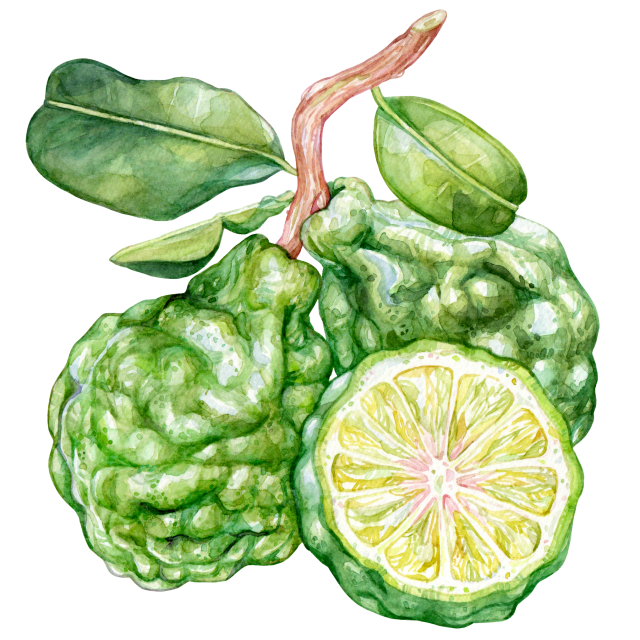Yuzu

Latin Name: Citrus junos
Uses: fruit, juice, flavoring
What Is Yuzu?
Yuzu is a squat, nubby yellow to yellow-orange citrus fruit that’s commonly associated with Japanese cuisine. Like other citrus fruits, yuzu comes from a tree in the rue family (Rutaceae). It’s pretty similar to sudachi, a yuzu-mandarin cross, as both have tart, tangy flavors. Yuzu is maybe best known for turning soy sauce into ponzu sauce, but it can do so much more.
Why Is Yuzu Healthy?
Yuzu contains aromatic compounds that fight inflammation and can aid in cognitive function.
Its calming effects may make yuzu helpful in easing symptoms of premenstrual syndrome.
Yuzu also provides multivitamin benefits and soothes the skin.
Its antioxidant power comes from carotenoids and flavonoids that help protect against oxidative stress.
As an essential oil, yuzu has a soothing scent that may help reduce stress and anxiety.
What Does Yuzu Taste Like?
Yuzu tastes like a cross between lemon and grapefruit—while it has the sourness of a lemon, it takes grapefruit’s slightly piney qualities and turns it up a few notches. Bottled yuzu juice has a slight bitterness to it, but in yuzu kosho (a chile paste), the fruit takes on a wonderful evergreen flavor.
How Do I Use Yuzu?
You can use-u (sorry, had to) in much the same way you would use lemons—the zest and the juice are the main point. But yuzu is not just for making things sour. Many of the fruit’s strengths are in its abilities to balance salty ingredients and to make vinegar more flavorful. Use the bottled juice in dressings and marinades. If you find the fresh fruit, you can zest it, candy the peel, or make a marmalade.
What Does Yuzu Pair Well With?
Yuzu is delicious with salty soy products (like miso and shoyu) and chile, whether in a condiment like yuzu kosho or in a spicy ramen broth. Yuzu loves sturdy winter greens. It’s also exquisite in chawanmushi, a savory Japanese egg custard made with shiitake mushrooms and dashi broth. Yuzu plays well with sweets, too, especially in baked goods with black sesame seeds (a spin on the classic lemon–poppy seed combo).
Where Does Yuzu Grow?
Yuzu trees originated in central China and Tibet and have been cultivated in Japan since the eighth century. Japan remains the largest producer and consumer of yuzu in the world, and half of all the yuzu in Japan comes from Kochi Prefecture. To protect the American citrus industry from disease, it’s illegal to import yuzu into the U.S., but a few citrus growers in California are producing yuzu stateside.
How Do I Buy Yuzu?
Fresh yuzu can be tricky to source (as it’s illegal to import and there aren’t many growers in the U.S.). Check better-stocked Japanese and Korean markets and you might get lucky. If you can’t get the fresh fruit, you’ll likely be able to find bottled juice, yuzu kosho (in a jar), and marmalade at these stores.
Surprising Yuzu Fact
In Japan there’s a winter solstice custom that dates back to the 17th century and involves soaking in a hot spring (onsen) or bath with yuzu in the water. Since 1996, yuzu baths, or yuzuyu, have been prepared for the hot spring–loving capybaras at the Izu Shaboten Zoo in Shizuoka Prefecture.




